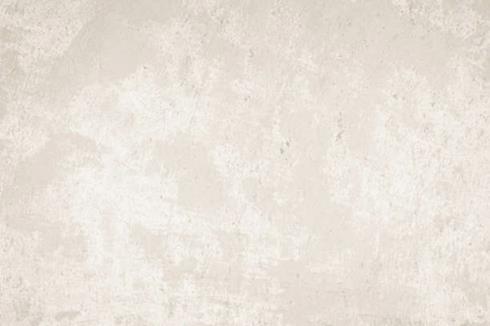Are you considering a cast floor for your home or commercial space? Cast floors are becoming increasingly popular due to their durability, aesthetic appeal, and easy maintenance. Whether you’re looking for a sleek, modern design or a rustic, natural look, there are various types of cast floors available to suit your needs. In this article, we will explore different types of cast floors, their characteristics, and their applications.

Introduction
Cast floors, also known as poured floors, are seamless flooring systems that are created by pouring liquid materials onto a prepared substrate. These floors offer numerous advantages over traditional flooring options, such as tiles or hardwood. They are durable, hygienic, and can be customized to achieve a wide range of finishes.
Epoxy Floors for company flooring
Epoxy floors are a popular choice for both residential and commercial spaces. They are created by mixing epoxy resin with a hardening agent and applying it to the prepared surface. Epoxy floors are known for their high strength and chemical resistance, making them suitable for areas with high foot traffic or exposure to chemicals. They are available in a variety of colors and finishes, including glossy, matte, and textured surfaces.
Polyurethane Floors
Polyurethane floors offer excellent durability and flexibility. These floors are created by combining polyurethane resins with other additives and applying them to the substrate. Polyurethane floors are highly resistant to abrasion, impact, and chemicals, making them ideal for industrial environments. They can also be customized with different colors and textures to achieve the desired aesthetic.
Microcement Floors
Microcement floors, also known as microtopping or microscreed, are thin-layered cementitious coatings that can be applied to both floors and walls. These floors are known for their versatility and ability to create a seamless, polished concrete look. Microcement floors are available in a range of colors and can be further enhanced with decorative elements like aggregates or pigments.
Terrazzo Floors
Terrazzo floors have a long history and are renowned for their beauty and durability. These floors are created by embedding chips of marble, quartz, glass, or other materials into a binder, usually cement or epoxy. Terrazzo floors offer a unique and customizable design, with endless possibilities for color combinations and patterns. They are commonly used in high-end residential and commercial spaces.
Concrete Overlay Floors
Concrete overlay floors are an excellent option for renovating existing concrete surfaces. This process involves applying a thin layer of polymer-modified concrete over the existing substrate, providing a fresh and updated appearance. Concrete overlay floors can mimic the look of natural stone, tile, or other materials, offering a cost-effective solution for transforming old or damaged surfaces.
Stained Concrete Floors
Stained concrete floors offer a stylish and contemporary flooring option. This technique involves applying acid-based or water-based stains to the concrete surface, creating unique patterns and colors. Stained concrete floors can be customized to achieve various effects, such as marbling, mottling, or translucent tones. They are often used in residential spaces, retail stores, and restaurants.
Conclusion
Cast floors provide an excellent alternative to traditional flooring options, offering durability, customization, and aesthetic appeal. Whether you prefer the sleek and glossy look of epoxy floors or the natural charm of terrazzo floors, there is a cast floor to suit your style and requirements. Consider the specific needs of your space and consult with a professional to determine the best type of cast floor (Dutch: verschillende soorten gietvloeren) for your project.


